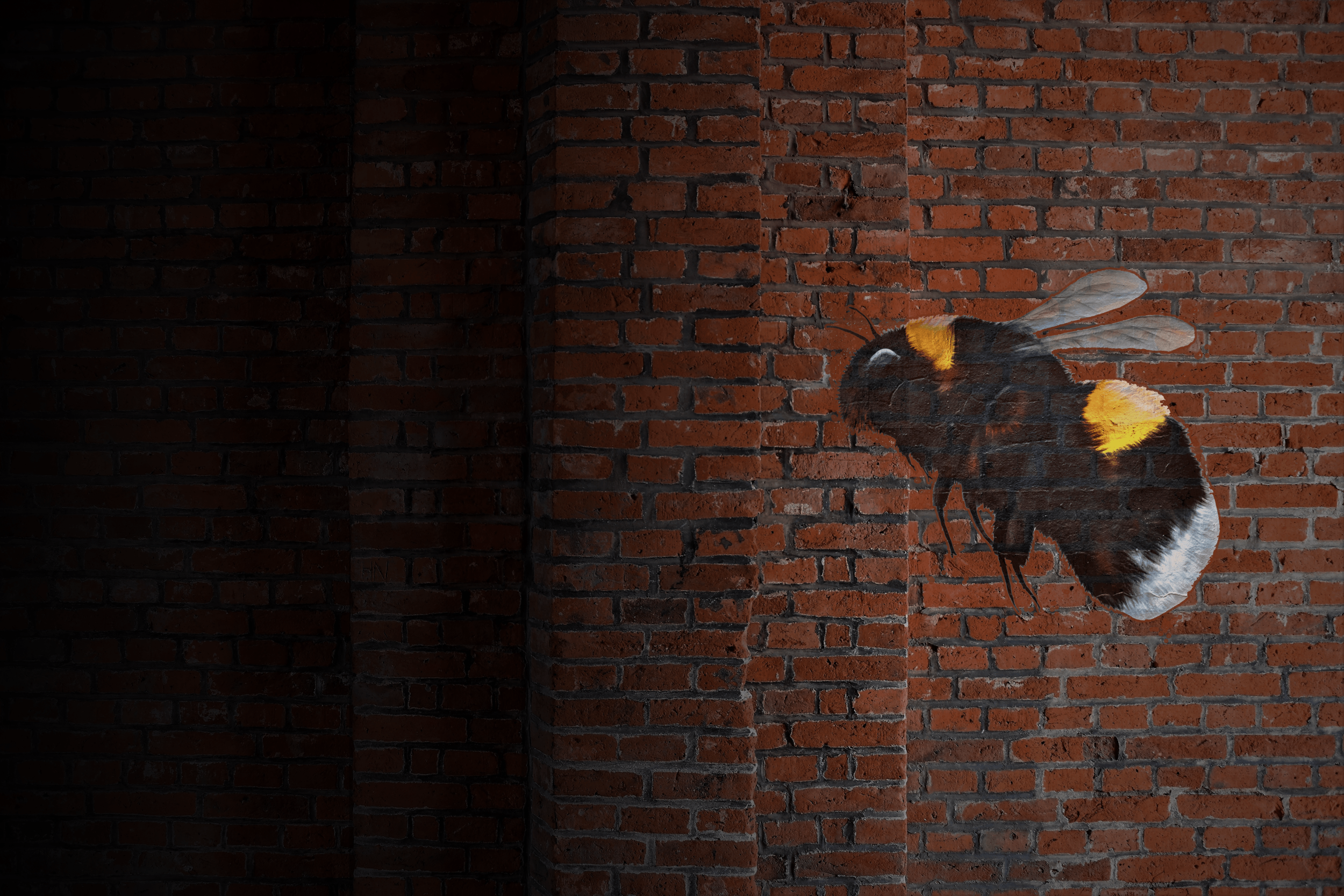BEES ARE WHAT’S RIGHT WITH OUR CITIES.
We hear a lot about the problems facing rust belt cities: shrinking populations, decaying infrastructure, vacant properties, and more. But to native bees, the rust belt is a refuge. These cities actually keep bee populations afloat, offering habitat and resources that allow us to continue enjoying the fruits, nuts, and flowers we love so dearly (many of which are ONLY pollinated by bees)!

















